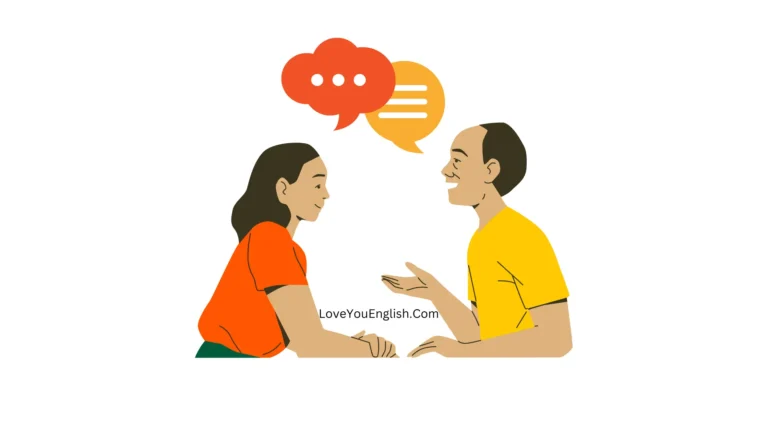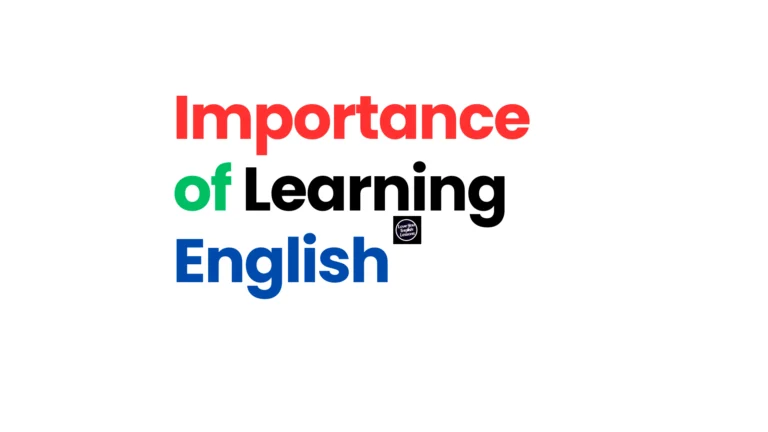How to Write a Leave Email in English
It’s totally normal to take time off from work.
Whether it’s for personal stuff, health reasons, or just a break, it’s super important to let your boss know in a nice and clear email.
Making sure your leave email is polite and straight to the point shows that you’re a pro and helps things run smoothly while you’re away.
Let’s go over the key things to include in a good leave email in this post.
Understanding the Importance of Leave Emails
Why Writing a Leave Email Matters
It’s important to let your coworkers and boss know when you’re not going to be at work.
Sending a leave email is a good way to do this.
It shows that you care about keeping everyone in the loop and working together smoothly.
The Impact of Politeness and Conciseness
It’s important to be polite and keep it short when you’re talking to someone. Being nice helps them feel good, and being brief helps them understand you better.
So, when you’re writing an email to say you’re leaving, make sure to be polite and to the point!
Explore more topics:
Preparing to Write Your Leave Email
Be Prepared
Before you start writing your email to request time off, it’s important to be prepared.
Think about when you want to take your leave, why you need it, and how your work will be taken care of while you’re away.
Having a well-thought-out plan will make it easier for you to explain everything in your email.
Know the Rules
Every company has its own rules when it comes to requesting time off.
Make sure you know what your company’s policies are so that your email follows the correct procedures.
This might involve filling out certain forms or giving a certain amount of notice in advance.
Structure of a Leave Email
Subject Line
The subject line is the first thing your recipient will notice, so make sure it is easy to understand and provides information.
Include your name, the reason for the email, and the dates you will be away.
For instance, “Leave Request: [Your Name], [Dates of Leave].”
Salutation
Begin your email with a polite greeting.
If you are writing to someone in a higher position, use a formal salutation like “Dear [Supervisor’s Name].”
For coworkers, a simple “Hello [Colleague’s Name]” is suitable.
Body of the Leave Email
Opening Paragraph
Start your email by explaining why you are writing.
Be clear and to the point, saying that you need to take some time off.
Don’t forget to mention the specific dates you won’t be at work.
Example: “Dear [Supervisor’s Name],
I hope this email finds you well. I am writing to formally request a leave of absence from work for [number of days] starting from [start date] to [end date].”
Reason for Leave
Explain why you’re taking time off without sharing too much information.
If it’s personal or health-related, you can mention it without giving away private details.
Example: “The reason for my leave is [brief explanation – family event, personal matter, health reasons]. I assure you that I have taken the necessary steps to ensure a smooth handover of my responsibilities during my absence.”
Mention of Handover
If applicable, outline your plan for handing over your responsibilities to a colleague or team member.
This demonstrates your commitment to a smooth workflow during your absence.
Example: “To ensure the continuity of work, I have discussed my pending tasks with [colleague’s name], and we have created a handover plan. I believe that this will help in managing the workload seamlessly in my absence.”
Closing Paragraph
Express your gratitude for their understanding and assure them of your commitment to fulfilling any pending responsibilities before your departure.
Example: “I appreciate your understanding and cooperation in this matter. I am committed to completing any pending tasks and ensuring a smooth handover process. If there are any additional steps I need to take, please let me know at your earliest convenience.”
Closing the Leave Email
Formal Closing
End your email with a formal closing and your full name. Consider using phrases such as “Sincerely” or “Best regards” for a professional touch.
Example: “Sincerely, [Your Full Name]”
Final Tips for Politeness and Conciseness
Use Polite Language
Choose words that convey respect and gratitude. Avoid sounding demanding or entitled. A polite tone ensures that your email is well-received.
Be Concise
Stick to the essential details and avoid unnecessary information. Colleagues and superiors appreciate brevity, especially when dealing with professional communication.
Proofread
Before hitting the send button, carefully proofread your email for any grammatical errors or typos. A well-written email reflects positively on your professionalism.
Conclusion:
Crafting a nice and short email to let someone know you’ll be away is a really important skill for grown-ups.
When you make sure your message is clear, kind, and not too long, it helps your team keep things running smoothly while you’re gone.
Just follow the steps in this guide, and you’ll get really good at writing leave emails that are polite and straight to the point.
Now, let’s check out some examples of what these emails could look like…
Sample Leave Email-1:







